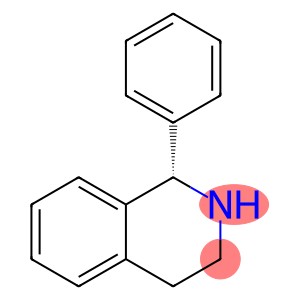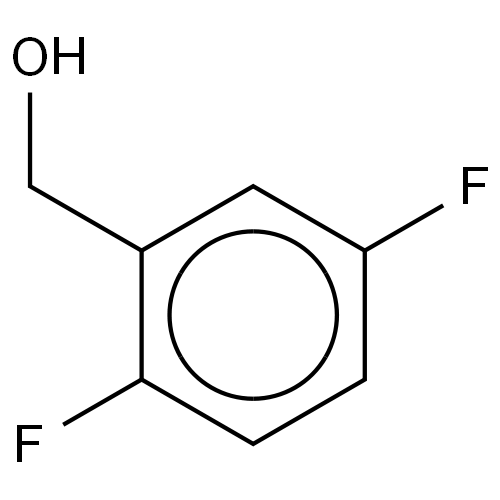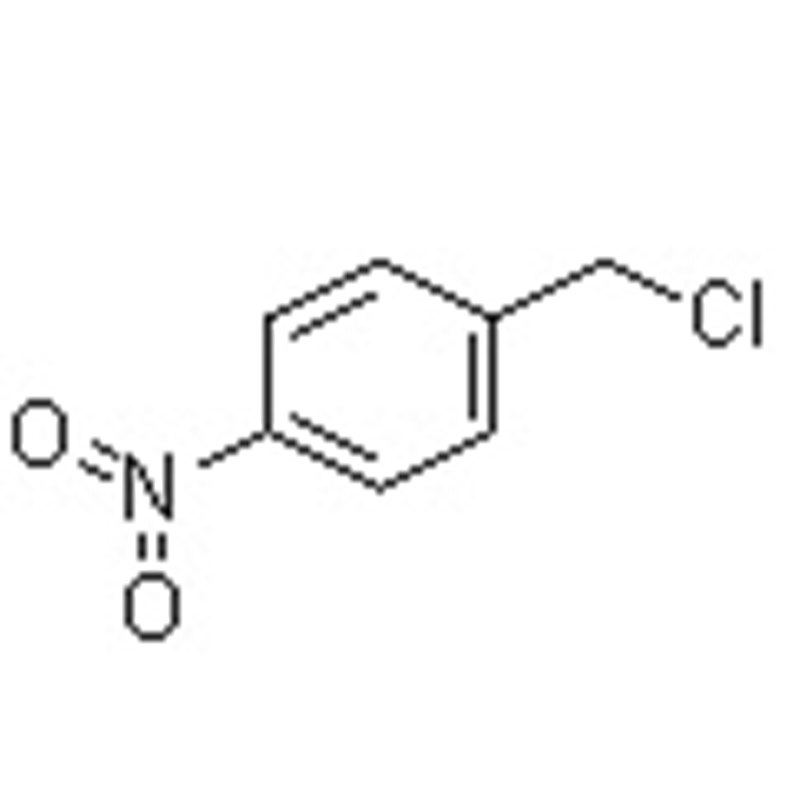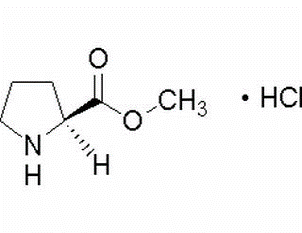2-Chloro-3-Bromo Pyridine(CAS# 52200-48-3)
| Hazard Symbols | Xi – Irritant |
| Risk Codes | 36/37/38 – Irritating to eyes, respiratory system and skin. |
| Safety Description | S26 – In case of contact with eyes, rinse immediately with plenty of water and seek medical advice. S36 – Wear suitable protective clothing. S37/39 – Wear suitable gloves and eye/face protection S36/37/39 – Wear suitable protective clothing, gloves and eye/face protection. |
| WGK Germany | 3 |
| HS Code | 29339900 |
| Hazard Class | IRRITANT |
Introduction
2-chloro-3-bromopyridine is an organic compound. The following is an introduction to its nature, use, preparation method and safety information:
Properties: 2-Chloro-3-bromopyridine is a solid with a white crystalline appearance. It is insoluble in water at room temperature but soluble in organic solvents such as alcohols, ethers, and chlorinated hydrocarbons. It has a strong pungent odor.
Uses: 2-chloro-3-bromopyridine has important application value in organic synthesis. It can also be used in the synthesis of pesticides, dyes, and other organic compounds.
Preparation method: The preparation method of 2-chloro-3-bromopyridine is mainly achieved through chemical reaction. A common preparation method is to react 2-bromo-3-chloropyridine with an appropriate reagent such as zinc chloride or chloromethyl bromide to obtain a target product.
Safety Information: Like many chemicals, 2-chloro-3-bromopyridine requires handling and storage under suitable laboratory conditions. It has a certain irritation and can cause damage to the skin, eyes, and respiratory tract. Appropriate protective equipment such as safety glasses, gloves, and respiratory protective equipment need to be worn during use. Contact with strong oxidizing agents and other harmful chemicals should be avoided. In the event of accidental contact, the affected area should be washed immediately and prompt medical attention should be obtained. Local environmental regulations should be followed when handling and disposing of waste.








